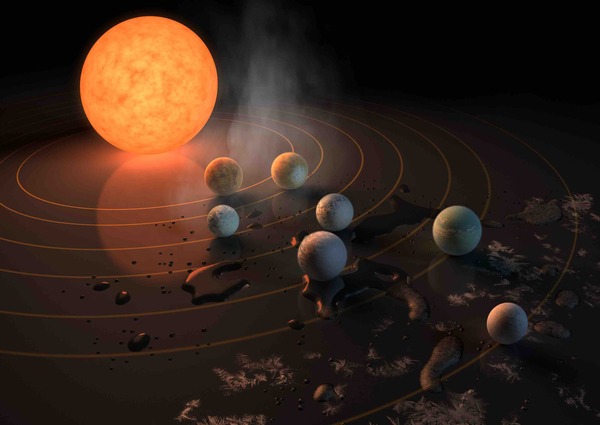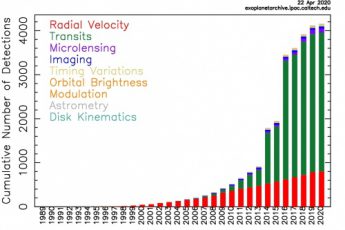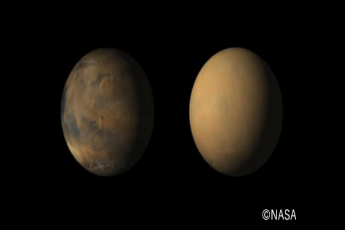GCM for TRAPPSIT-1

There is very limited information known about the exoplanetary systems in the beyond. These are the seven planets around the TRAPPIST-1 star that I’m interested in. This primary star is fainter than the Sun, and the planets around it are about ten times closer than Mercury in our solar system, which causes a phenomenon called tidal fixation, where one side of the planet is always facing the primary star. This would create an environment different from that of the planets in our solar system.
Furthermore, depending on whether the main atmosphere of these planets is mainly carbon dioxide like Venus or methane like Titan, we can use atmospheric circulation models (GCMs) to determine what happens to the atmospheric environment of the planets and how much water and ice can exist on the surface of the planets in the universe for their habitability. In a nutshell, GCM is a method of reproducing and predicting the atmosphere by working on the physical phenomena that govern it.
Image : https://www.astrobio.net/news-exclusive/welcome-trappist-1/
(Yujie Zou, Undergraduate 4th)





